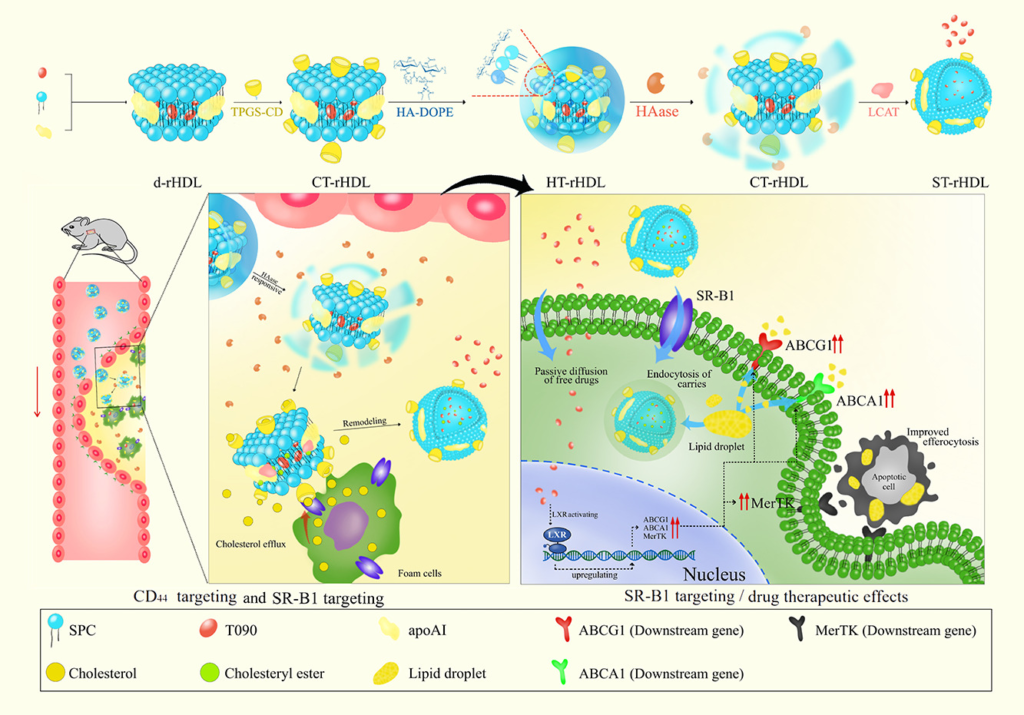Genetically encoded chemical crosslinking of carbohydrate
Covalent linkages are engineered between proteins and carbohydrates under biocompatible conditions. Genetically encoding the chemical crosslinking of proteins to carbohydrates offers a solution to address the low affinity and weak strength of protein–sugar interactions.
The University of California, San Francisco – Shanshan Li, Nanxi Wang, Bingchen Yu Wei Sun Lei Wang present pure beauty!
Read the full article on nature.com








